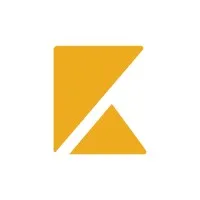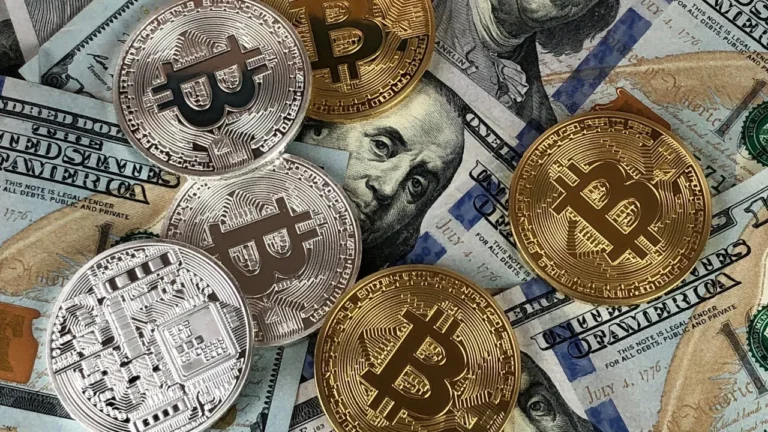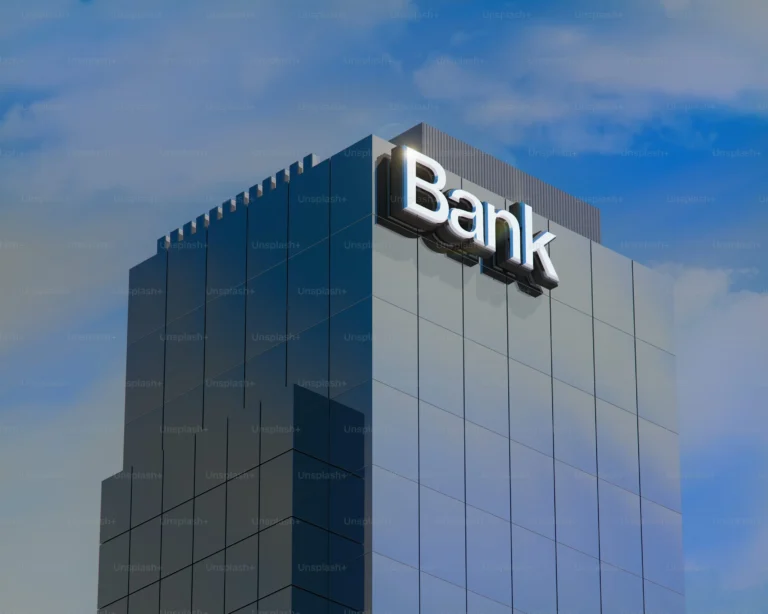
KBRA Report Explores the Rapid Growth and Evolving Landscape of Home Improvement Loan ABS Market
In its latest in-depth research report, Kroll Bond Rating Agency (KBRA) examines the expanding universe of home improvement loans within the broader unsecured consumer loan market. The report sheds light on key facets of the asset-backed securities (ABS) landscape tied to home improvement (HI) lending, including origination practices, loan characteristics, issuance trends, performance metrics, and credit rating activity.
Against the backdrop of a shifting housing and economic environment, the home improvement loan sector has become a vital financing tool for American homeowners seeking to renovate and modernize their living spaces without relocating. With housing affordability strained by high property values and elevated mortgage rates, many consumers are staying put—opting to remodel their homes rather than trade up. In doing so, they are increasingly turning to unsecured home improvement loans as a flexible, fast, and relatively affordable alternative to traditional financing.

Homeowners Shift from Moving to Improving
Historically, American homeowners improved their living situations by upgrading to a new property. This was especially true during periods of low interest rates and healthy inventory levels, where the cost of borrowing and the availability of homes made moving a viable path to lifestyle improvement.
However, the post-pandemic housing landscape has changed dramatically. Surging home prices, limited supply, and higher interest rates have combined to create an affordability squeeze. For many, trading up is no longer a financially sound option. Instead, they are investing in their existing properties—upgrading kitchens, adding bathrooms, finishing basements, or even constructing home offices and accessory dwelling units (ADUs).
KBRA notes that in this environment, home improvement loans have emerged as a financing solution uniquely suited to the times. Unlike cash-out mortgage refinances—which have declined in appeal due to rising interest rates—or home equity lines of credit (HELOCs) that can take weeks to approve and fund, HI loans are fast and accessible. In many cases, they are approved in minutes and disbursed within days.
Many of these loans are marketed with promotional periods offering low or even zero interest, making them attractive to borrowers looking to manage cash flow or fund larger projects without tapping into their home equity or savings.
A Surge in ABS Issuance Reflects Rising Popularity
The growth of the HI loan market is clearly reflected in asset-backed securities activity. According to KBRA’s data, HI ABS issuance has skyrocketed from under $2 billion in 2019 to over $5.8 billion in 2024. This dramatic growth illustrates not just increased consumer demand, but also growing investor appetite for this relatively new but rapidly maturing asset class.
ABS backed by home improvement loans are part of the broader unsecured consumer ABS market, but they offer some distinct advantages and risk profiles. Many loans are originated through fintech platforms or specialized lenders, and are tailored specifically for renovation purposes. In some cases, contractors themselves offer financing directly to homeowners through partnerships with lending platforms, embedding the loan process into the sales cycle.
KBRA’s report examines the typical features of HI loans that serve as collateral in ABS transactions, including:
- Fixed-rate terms, often between 3 to 12 years
- Loan amounts generally ranging from $5,000 to $75,000
- FICO score thresholds and credit quality segmentation
- Use of soft credit pulls, streamlined underwriting, and electronic verification
- Promotional APR periods that enhance affordability
In addition, the report details how ABS structures are built to withstand economic shifts, relying on credit enhancements such as subordination, overcollateralization, and reserve accounts to protect investors.
Macroeconomic Headwinds and Tailwinds
Looking ahead to 2025, the market for home improvement financing appears poised for continued growth, though potential headwinds could influence its trajectory. According to industry projections, U.S. home renovation and repair expenditures are expected to exceed $500 billion in 2025, representing a 1.2% year-over-year increase. This indicates steady consumer demand for upgrades and maintenance, driven in part by remote work trends, aging housing stock, and an aging population choosing to age in place.
However, several macroeconomic variables could sway market dynamics.
For instance, elevated tariffs on imported goods and materials could push up renovation costs, further encouraging consumers to seek financing to cover the gap. In such a scenario, average loan amounts could increase, and demand for HI loans might remain robust—provided that overall consumer confidence and employment levels remain healthy.
Conversely, if rising tariffs or inflationary pressures contribute to an economic slowdown, borrowers may delay or forgo major home improvement projects altogether. A decline in consumer sentiment, job losses, or wage stagnation could result in reduced loan originations, tighter underwriting standards, and in turn, declining ABS issuance.
This dual impact of tariffs—potentially stimulating short-term financing demand while posing long-term risks—illustrates the complexity of forecasting performance and growth in the sector.
Performance Trends and Rating Observations
As part of its research, KBRA also evaluates the performance of existing HI ABS deals and the credit considerations that inform its rating methodology. While home improvement loans are unsecured, they tend to perform better than general-purpose unsecured personal loans, partly due to borrower intent—consumers are more likely to repay loans tied to tangible, long-term improvements to their primary residence.
Default and delinquency rates in HI ABS pools remain relatively low, though they are influenced by borrower credit tier, underwriting practices, and loan structure. KBRA monitors several key performance indicators (KPIs), including:
- Charge-off and delinquency rates by vintage
- Prepayment behavior
- Geographic and demographic concentration
- Response to promotional APR expirations
- Borrower retention and repeat loan behavior
The agency also notes that ABS backed by home improvement loans tend to benefit from borrower “stickiness”—meaning once a homeowner begins a major renovation, they are likely to prioritize repayment to ensure project completion and contractor relationships.
A Growing Focus for Investors and Issuers
With strong consumer demand, favorable origination economics, and increasingly sophisticated securitization structures, HI ABS is attracting more attention from both investors and issuers. Fintech lenders, specialty finance companies, and banks are exploring new origination channels, including point-of-sale lending with contractors, digital marketplaces, and white-labeled platforms for home improvement retailers.
KBRA’s report highlights that institutional investors are beginning to treat HI ABS as a distinct asset class within consumer credit, recognizing its blend of yield potential, asset specificity, and predictable performance. Meanwhile, more ABS issuers are likely to emerge, particularly as tech-enabled lenders scale their origination capabilities and seek funding diversification.
Renovate Now, Finance Smartly
The rise of home improvement loans—and the ABS structures that support them—represents a meaningful shift in how homeowners finance large-scale personal investments. It also marks the growing convergence of fintech, real estate, and structured finance in delivering innovative, customer-centric financial products.
As homeowners continue to choose renovation over relocation, and as economic conditions evolve, home improvement lending is positioned to remain a key pillar in the unsecured consumer finance ecosystem.
For investors, issuers, and regulators, understanding the nuances of this fast-growing sector will be crucial. KBRA’s latest research provides a comprehensive foundation for stakeholders looking to evaluate risk, monitor performance, and anticipate future trends in home improvement ABS.
To access the full report, visit www.kbra.com.




